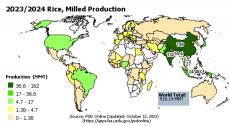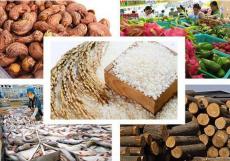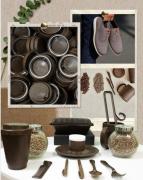Vietnam : Import Export 2022
In 2022, Vietnam’s merchandise trade with Asia will reach 475,29 billion USD, up 9,6% compared to 2021, continuing to account for the highest proportion (65,1%) in the total value—import and export of the country.
1. Overview:
In 2022, the total import-export value of Vietnam's goods reached 730,2 billion USD, up 9,1% (equivalent to 61.2 billion USD) compared to 2021. The export value is 371,3 billion USD, up 10,5%, corresponding to 35,14 billion USD increase over the previous year; import value was 358,9 billion USD, up 7,8%, equivalent to 26,06 billion USD.
The balance of trade in goods for the whole year 2022 reached 12,4 billion USD, The General Department of Customs recorded the total import and export value of foreign direct investment (FDI) enterprises in 2022 to USD 506.83 billion, up 9,3% (equivalent to USD 43,22 billion) compared to 2021.
The export of goods of FDI enterprises in 2022 of FDI enterprises to USD 273,63 billion, an increase of 11,6% (equivalent to an increase of USD 28,5 billion) compared to 2021. It accounted for 73,7 % of total export value of the country.
2. Import-Export Market
In 2022, Vietnam's merchandise trade with Asia reached 475,29 billion USD, up 9.,% compared to 2021, continuing to account for the highest proportion (65,1%) in the total value—import and export of the country.
The import-export value between Vietnam and other continents is respectively: the Americas: 153,73 billion USD, up 10,5%; Europe: 75,45 billion USD, up 2,8%; Oceania: 17,62 billion USD, up 24,3% and Africa: 8,1 billion USD, down 3,9% compared to 2021.
3. Export
In 2022, the total export value of Vietnam reached 371.3 billion USD, up 10.5%, corresponding to 35,14 billion USD increase over the previous year. Which, other machinery, equipment, tools, and spare parts increased by 7,43 billion USD; footwear of all kinds increased by 6,15 billion USD; textiles and garments increased by 4,82 billion USD; computers, electronic products, and components increased by 4,74 billion USD; seafood increased by 2,04 billion USD.





